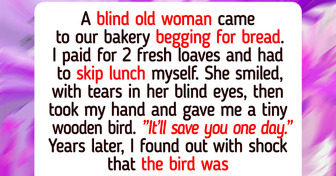My BFF Invited Me to Her Baby Shower, It Turned Into My Worst Nightmare

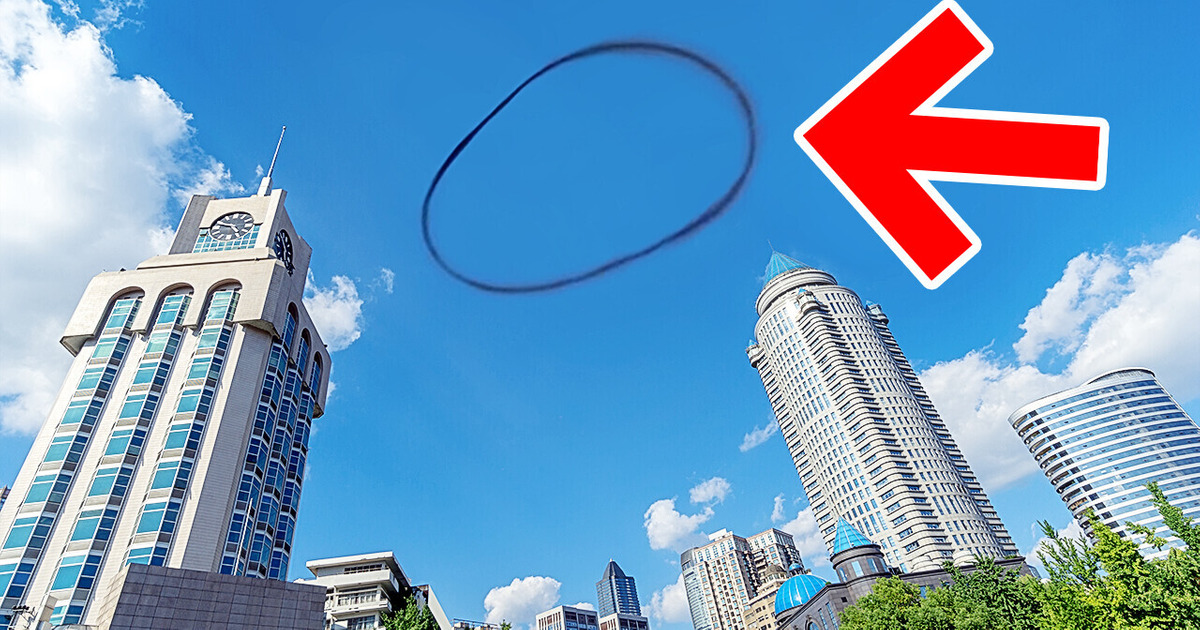
You look at the sky and see a huge ring of smoke floating up there. It looks eerie — is it some form of witchcraft? Or was it simply produced by a smoke machine? Well, this phenomenon is far less mysterious than you might have already imagined. This smoke ring was spotted over the village of Shortandy in Kazakhstan. The O-shaped structure floated in the air for about 15 minutes and then disappeared. A similar ring was seen some time later in Britain. It was named “The Black Ring of Leamington Spa.” Turned out it was produced during a fireworks test over Warwick Castle.

Another pyrotechnic test caused the same smoke ring to appear in the sky over Florida in 2013. And a year earlier, in 2012, a very similar smoke formation appeared over Chicago as a result of an electrical transformer blow-up. For such a vortex to occur, a blast should pass through a circular structure, for example, a factory smokestack. Now, look at this bizarre weather phenomenon! Doesn’t it look like... falling clouds? They were captured on video in Morocco: a large region was covered with a thick, foam-like substance. Large chunks of this substance were either falling to the ground or getting raised into the air by gusts of wind. It’s still unclear what these “falling clouds” are. Some meteorologists believe that the material is, indeed, artificial foam since the “clouds” can’t seem to settle down.
This red sky sure looks absolutely terrifying. Is it what the end of the world looks like? The residents of the Chinese city where the phenomenon was observed got quite a scare after seeing mysterious blood-red skies. But the explanation for this natural phenomenon is simple and prosaic. Experts claim that such colors were caused by the refraction and scattering of light. And the light itself could be coming from ships in the local port. In the videos, we can see that the sky is the most crimson exactly over the port. This magic outside Hogwarts is called red sprites. Those are colorful lightning flashes that occur high above thunderstorm clouds. This phenomenon had been dismissed as fiction for decades — until scientists caught it on film. And since then, sprites have been recorded thousands of times. Oops!
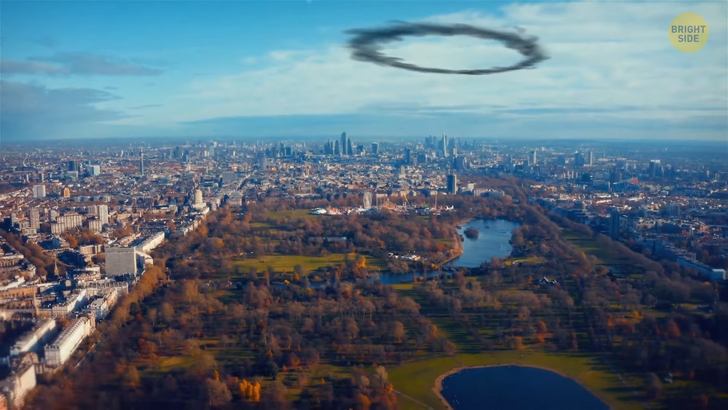
Red sprites are massive electrical discharges that take different shapes. They look like luminous reddish-orange flashes. Red sprites last for a mere fraction of a second and occur after strong lightning strikes, soaring up to 60 miles in the air. They’re usually caused by the discharges of positive lightning between the ground and a thundercloud. In March 2018, people who looked up at the sky in Northern Nevada could see the rarest and most bizarre cloud ever — a horseshoe cloud.
Unless you know the scientific explanation of this phenomenon, it can scare and puzzle even the most experienced sky-watchers. But meteorologists know that such a horseshoe vortex happens when a flat cloud travels over a column of warm rising air. This air not only gives the cloud its impressive shape but also adds some spin to its movement. Unfortunately, such clouds are very fleeting and usually last for only several minutes.
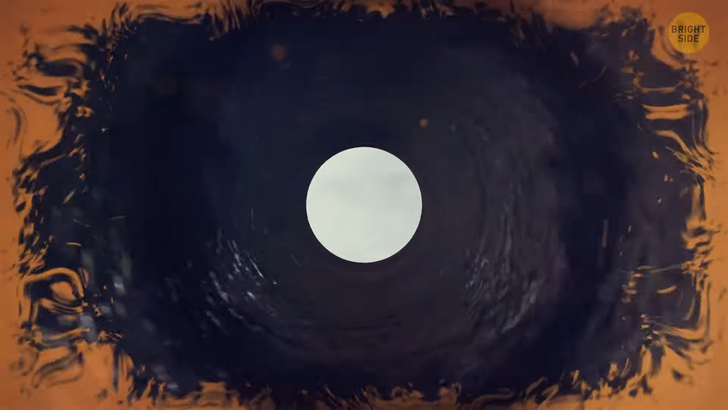
Breathtaking rainbow clouds appear on top of cotton-like, puffy clouds after thunderstorms. The puffy clouds are low-altitude ones. They usually hover at a height of around 6,000 ft. When the water vapor they contain condenses, the resulting droplets act as prisms. This forms multi-colored caps over the clouds. Morning glory clouds are extremely rare. They look like massive tubes stretching across the sky. They can snake for more than 600 miles, sitting relatively low. Most researchers agree that these clouds appear when an updraft squeezes through the cloud. This creates the signature rolling appearance. The cool air at the back of the cloud makes it sink downward. The best (but not the only) place to see morning glory is Australia’s Gulf of Carpentaria. If you decide to travel there to see these clouds, choose a period from late September to early November.
Blood rain looks terrifying — unless you know what it is. In reality, there’s nothing strange or unnatural about this weather phenomenon. People have known about such scarlet-tinted rains since the times of Ancient Rome. Sometimes, powerful winds lift red dust into the atmosphere and carry it far, far away. In the end, this dust gets mixed with clouds, which colors the rain. By the way, dust from coal mines can make the rain black. Pollen is responsible for yellow rains. And some other kinds of dust can turn rainwater white.
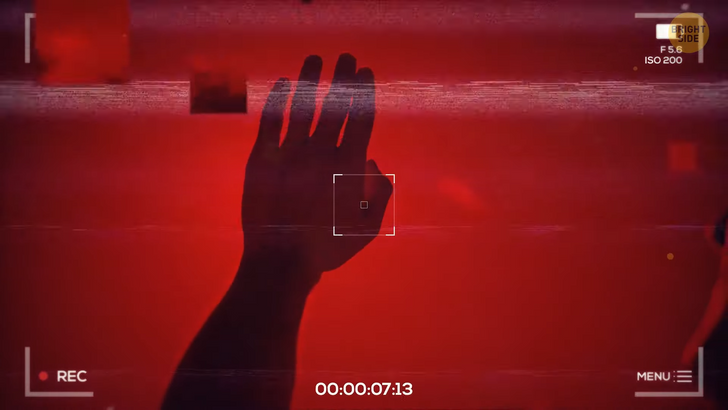
In Denmark, people experience blackout-type effects on a pretty regular basis. Just look how weird it is! But it gets even more bizarre when you find out that it’s birds who are responsible for this unusual phenomenon. Every spring and fall, millions of starlings begin their annual migration from Sweden, Finland, and Norway toward Britain, Belgium, and France. And Denmark is the lucky place where you can observe Sort Sol (which is the Danish name for Black Sun).
The birds travel in large flocks — this way, it’s easier to exchange information and stay warm. Before the birds land, the flock performs movements that look like dancing. But this is just starlings moving together and creating different formations to shoo predators away. And although the birds fly in highly synchronized patterns, people think that the huge flock changes its shape chaotically. “Black Sun” only lasts 20 minutes at sunset, and you have to be either fast or lucky to see this phenomenon. If a storm holds back your long-awaited picnic, keep calm and think about how lucky you are that it’s not the Catatumbo — the world’s longest lightning storm! The heart of the storm, which repeats every year, is over Lake Maracaibo in Venezuela, and it towers way higher than your regular thunderstorm. This natural phenomenon lasts for a whopping 140 to 160 days and creates more than 280 lightning strikes a day!

You’ve probably heard how they say that lightning doesn’t strike twice in the same place. Well, the Catatumbo storm seems not to know about this rule. Or, at least, it doesn’t prevent storm clouds from gathering in the very same place, year after year. Ever seen huge round discs in the sky? Most likely, those were lenticular clouds. They usually form over large and high places, like mountains or hills. When strong wind bumps into some barrier, this creates a wave of air. The air kinda wraps around the obstacle. And the higher the barrier is, the colder the air that’s rising over it becomes. At some point, the moisture it contains turns into water droplets. And they form these unusual clouds. Lenticular clouds can look like waves, a pizza, or even a stack of pancakes.
In Australia, it sometimes rains spiders. That’s because these creatures can “balloon”! It’s a highly unusual way of traveling. A spider climbs to the very top of a tall tree or shrub. And then, it spins several strands of silk, which then help the spider to be carried away by the wind. It’s not easy to spot “ballooning” spiders. But sometimes, when the weather is especially damp and unpleasant, “mass ballooning” occurs. Millions of spiders set off on a journey to find another place with better conditions. It may look as if it’s snowing outside. But no — those are spiders drifting down to the ground. Huge white lumps over your head are called Mammatus clouds. They can make you believe the sky is falling.
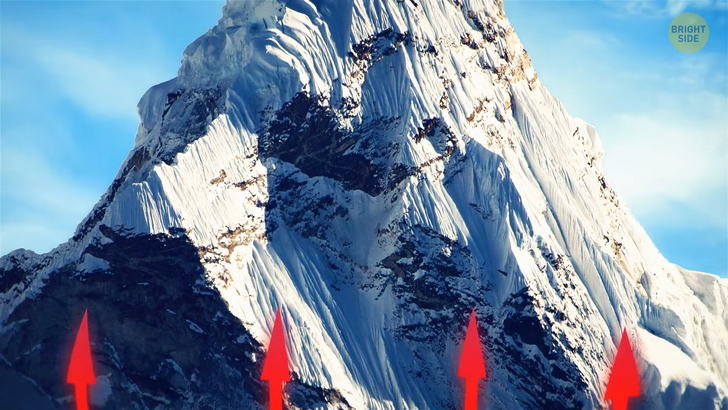
Most clouds form when air rises into the atmosphere, but not Mammatus ones. They appear when moist and cool air goes down and mixes with dry air. The result — unique puffed-rice clouds. By the way, if you spot this phenomenon, bad weather is just around the corner. Moonbows are a much rarer phenomenon than rainbows. They’re caused by moonlight rather than direct sunlight and only occur when the Moon is near-full. Moonbows are dim and often seem to be white. But it’s just an illusion. The human eye is just not sensitive enough to catch all the colors.




